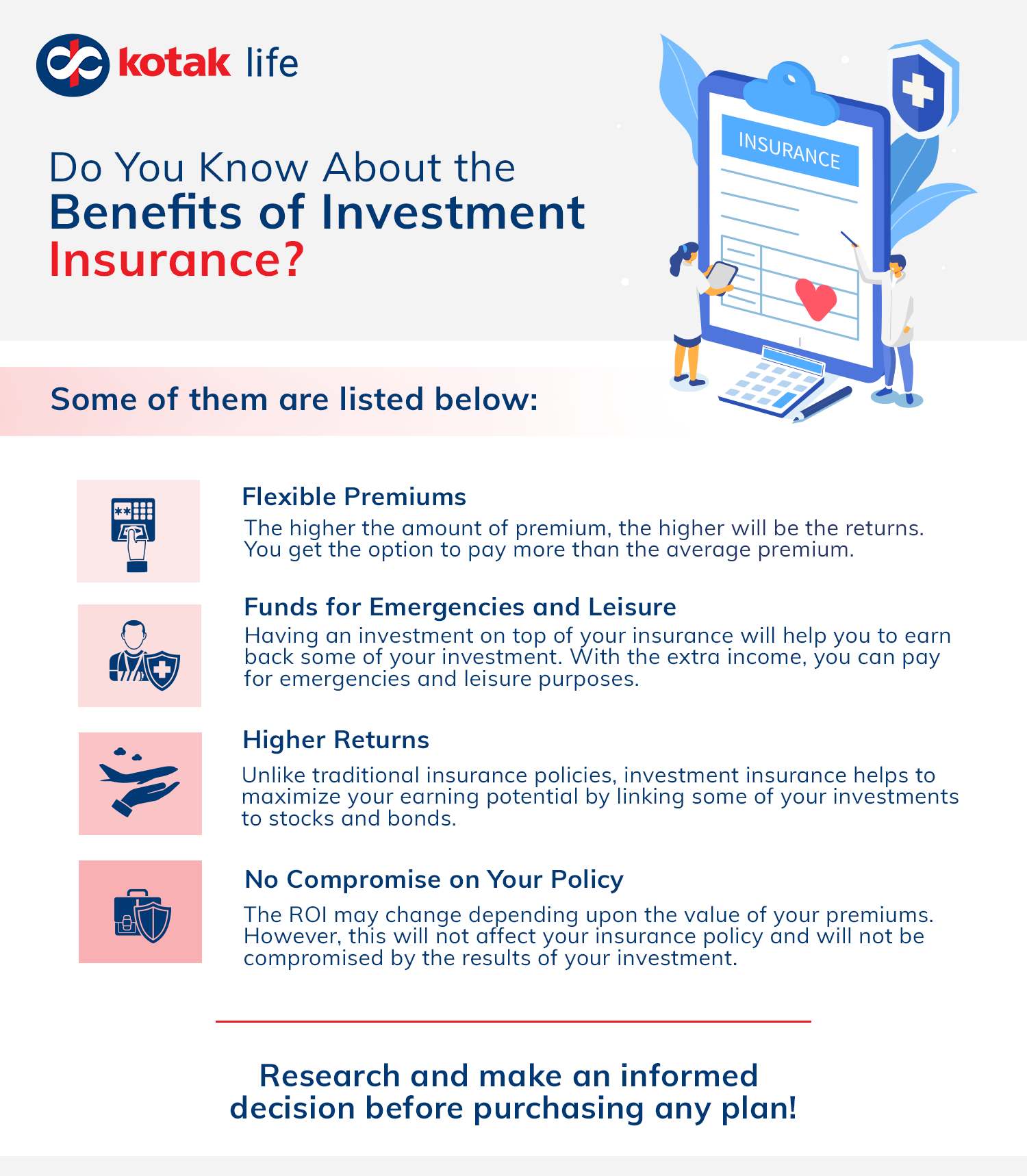Unknown Facts About Pacific Prime

This drop of virtually 2 million in the number of individuals 'without insurance coverage (a decrease of about 4 percent) is absolutely a positive adjustment. With a softer economic climate in 2000 the latest reported gains in insurance policy protection may not proceed (Fronstin, 2001) (global health insurance). The decline in the number of uninsured will certainly not continue if the economic situation remains slow-moving and health care prices remain to exceed rising cost of living
This is since the information were collected for a period of strong financial efficiency. Of the estimated 42 million people that were without insurance, almost regarding 420,000 (concerning 1 percent) were under 65 years old, the age at which most Americans become eligible for Medicare; 32 million were adults in between ages 18 and 65, around 19 percent of all grownups in this age; and 10 million were kids under 18 years old, concerning 13.9 percent of all youngsters (Mills, 2000).
These estimates of the number of persons without insurance are created from the yearly March Supplement to the Present Population Survey (CPS), carried out by the Demographics Bureau. Unless or else kept in mind, nationwide price quotes of people without medical insurance and percentages of the populace with various sort of coverage are based on the CPS, the most widely used source of estimates of insurance coverage and uninsurance rates.
What Does Pacific Prime Mean?

Still, the CPS is especially valuable due to the fact that it creates annual estimates reasonably quickly, reporting the previous year's insurance policy protection estimates each September, and due to the fact that it is the basis for a regular set of estimates for more than two decades, enabling analysis of fads in protection in time. For these factors, along with the considerable use the CPS in other researches of insurance policy coverage that are offered in this record, we count on CPS price quotes, with restrictions kept in mind.

The estimate of the variety of uninsured individuals expands when a populace's insurance coverage status is tracked for a number of years. Over a three-year period starting early in 1993, 72 million people, 29 percent of the U.S. https://filesharingtalk.com/members/594499-pacificpr1me. population, lacked protection for at the very least one month. Within a solitary year (1994 ), 53 million people experienced at least a month i was reading this without insurance coverage (Bennefield, 1998a)
Six out of every 10 uninsured grownups are themselves utilized. Working does enhance the likelihood that one and one's household members will certainly have insurance, it is not an assurance. Even participants of families with 2 full time wage income earners have practically a one-in-ten opportunity of being uninsured (9.1 percent without insurance rate) (Hoffman and Pohl, 2000).
An Unbiased View of Pacific Prime
New immigrants make up a significant percentage of people without medical insurance. One analysis has associated a considerable part of the current development in the dimension of the united state uninsured population to immigrants who showed up in the country between 1994 and 1998 (Camarota and Edwards, 2000). Recent immigrants (those who pertained to the USA within the previous 4 years) do have a high price of being without insurance (46 percent), but they and their children represent simply 6 percent of those without insurance policy nationally (Holahan et al., 2001).
The relationship between medical insurance and accessibility to care is well developed, as recorded later in this chapter. Although the connection in between medical insurance and health results is neither direct nor easy, an extensive clinical and health services research literature links medical insurance coverage to improved access to care, better quality, and improved individual and populace wellness standing.
Levels of evaluation for checking out the impacts of uninsurance. This discussion of wellness insurance protection focuses largely on the U.S. populace under age 65 since virtually all Americans 65 and older have Medicare or various other public protection. It concentrates specifically on those without any kind of health and wellness insurance policy for any kind of length of time.
See This Report on Pacific Prime
The troubles dealt with by the underinsured are in some respects comparable to those faced by the without insurance, although they are normally less extreme. Health and wellness insurance, nonetheless, is neither needed neither adequate to acquire access to medical solutions. The independent and direct impact of health insurance policy coverage on accessibility to health services is well developed.
Others will get the health and wellness treatment they need also without health insurance policy, by paying for it expense or seeking it from suppliers who use treatment complimentary or at very subsidized rates. For still others, medical insurance alone does not make sure invoice of care due to the fact that of other nonfinancial barriers, such as an absence of health treatment providers in their area, limited accessibility to transport, illiteracy, or linguistic and social differences.
Indicators on Pacific Prime You Should Know
Formal research study regarding without insurance populaces in the USA dates to the late 1920s and very early 1930s when the Board on the Cost of Medical Care created a series of records regarding funding doctor workplace brows through and hospitalizations. This problem ended up being prominent as the numbers of medically indigent climbed during the Great Anxiety.
Comments on “The Single Strategy To Use For Pacific Prime”